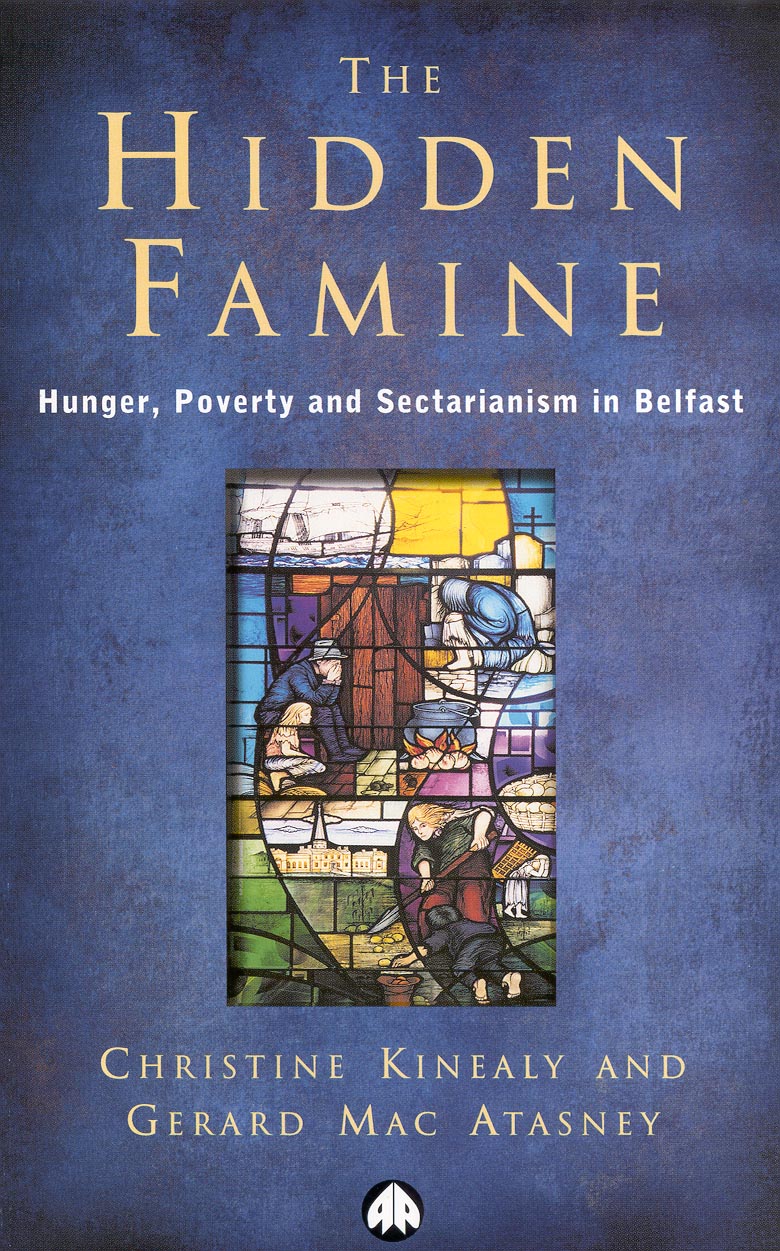Between 1845 and 1852 Ireland was devastated by the 'Great Hunger' the most severe famine in modern European history. The view widely held by historians is that the impact of the Famine on the northern province of Ulster, in particular the largely Protestant city of Belfast, was minimal. In the first book on the Famine to focus specifically on Belfast, Christine Kinealy, one of Irelands leading historians of the period, and Gerard MacAtasney, challenge this view and offer a new interpretation.
Drawing on a wealth of original research, Kinealy and MacAtasney begin with an examination of society and social behaviour in Belfast prior to 1845. They then assess the official response to the crisis by the British government, the response by the Church in both England and Ireland, and the part played by the local administration in Ulster. The authors examine the impact of the cholera epidemic on Belfast in 1849-50, the town's recovery after the Famine, and the revival of open sectarianism among the business and landed classes of the province.
This is an immensely interesting and important work; it covers historical ground which has largely been ignored by even the most eminent Famine historians and comprehensively explodes some of the most enduring myths surrounding the 1840s. It demonstrates that the Famine was not only a class issue but that it was an urban as well as a rural disaster and that its effects in Belfast, as well as much of the rest of Ireland, were hugely exacerbated because of stubborn political and religious considerations’.
Fern Lane, An Phoblacht, 22 February 2001.
|

